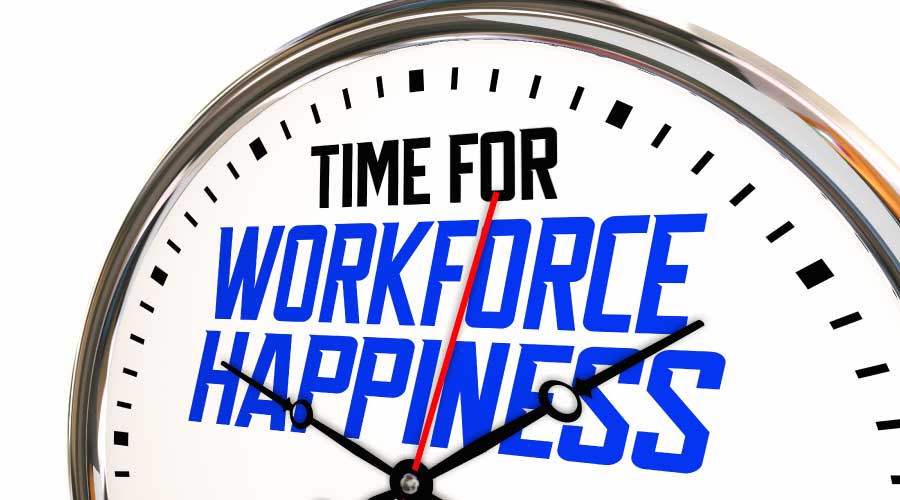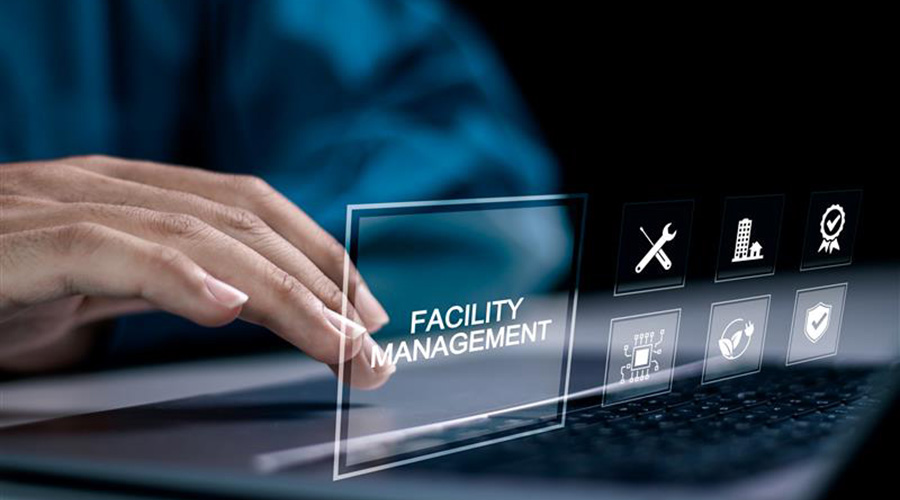Justify Resilience Financially, Components of Resilience Planning, Vendor Partnerships
Part 2 of a 2-part article on how to incorporate resilience into standard FM operating procedure.
3. How Do I Justify Resilience Strategies Financially? Newman says there are two ways to show the value of investment in resilience. The first is tying resilience strategies to other strategies, like sustainability, thereby increasing the priority of both. One example is energy efficiency. The less energy a building uses, the longer its backup power will last, and the more resilient it is. The second part of justifying resilience, says Newman, is calculating the value of lost time and business continuity, and tying the cost of resilience strategies to this. For instance, if the business being down costs $2 million per day, and a project to move the server room from the flood-prone basement to the third floor is $4 million, you have a pretty simple ROI calculation. Of course, there will be much more to go into the argument, but consider the cost of lost business the starting point.
“Show how the building will be impacted if you’re not resilient,” says Holland. “The best argument is to show how you won’t lose revenue and productivity, and be able to maintain building operations.”
4. What Are the Operational Components of Resilience Planning? Resilience isn’t all about spending gobs of money on beefing up building structure. A significant component to building resilience is training facility staff and instituting operational plans. Newman says one of the most critical aspects is to have a “bullet-proof plan in place that includes job descriptions, not necessarily people.” That’s because if a person isn’t at the facility and can’t get there, you don’t want to be in a situation where that person’s job is neglected. Store this information on paper and in the cloud so it’s accessible in multiple ways if the company’s servers are down, power is out, or cell service isn’t available. Cross-training staff is also key, says Almufti, for simple things like restarting elevators after an earthquake. Storing food and water on site, as well as equipment like sledgehammers (doors tend to stick after an earthquake), is also important, he says.
5. How Can Vendor Partnerships Help Me Be Resilient? Quick response after a disaster is the most critical aspect of business continuity, and ensuring good partnerships with vendors is truly the best way to do this. Newman recommends both having spare parts on site, but in some cases for critical parts, also having vendors on call with those parts to fix pieces of equipment as soon as possible. He mentions how some facilities had their boilers go down during Hurricane Sandy and couldn’t get parts for more than two months. “But if those parts are earmarked, technicians can get right in and have the equipment back up immediately,” he says. Another lesson learned from Sandy was to have contracts with particular requirements for trucking in fuel for generators. Many facilities’ contingency plans and back-up power worked swimmingly for a time, but as soon as they ran out of gas, they were no better off than having no backup power in the first place.
As another example, in San Francisco after an earthquake, the city requires inspections of all buildings for safety. But facility managers can contract with a prequalified engineer to perform the inspection and be back up and running within 24 hours, says Almufti.
Of course, if your vendor partners aren’t themselves resilient, your contracts aren’t worth the paper they’re printed on. So vetting vendors is critical to your own resilience plans.
Email comments and questions to greg.zimmerman@tradepress.com.
Related Topics:













